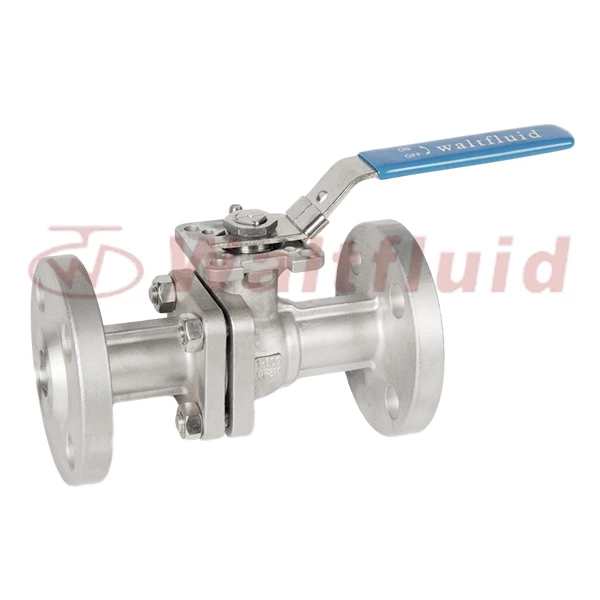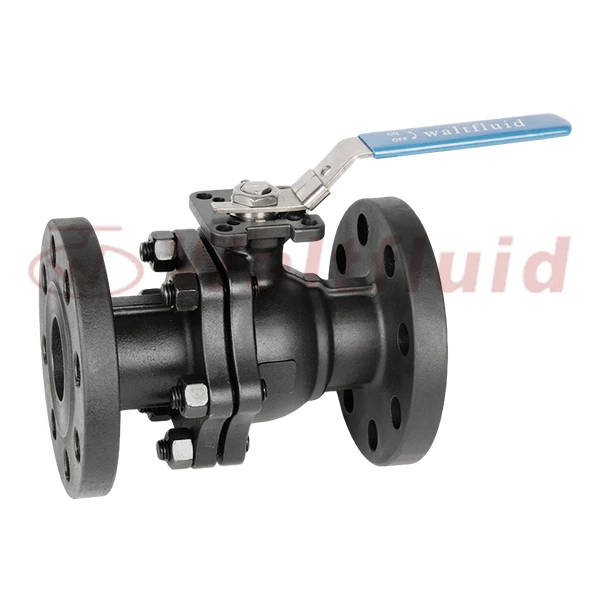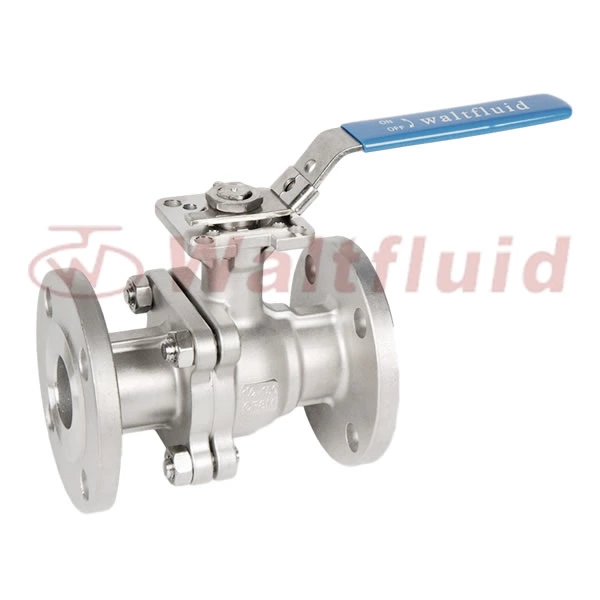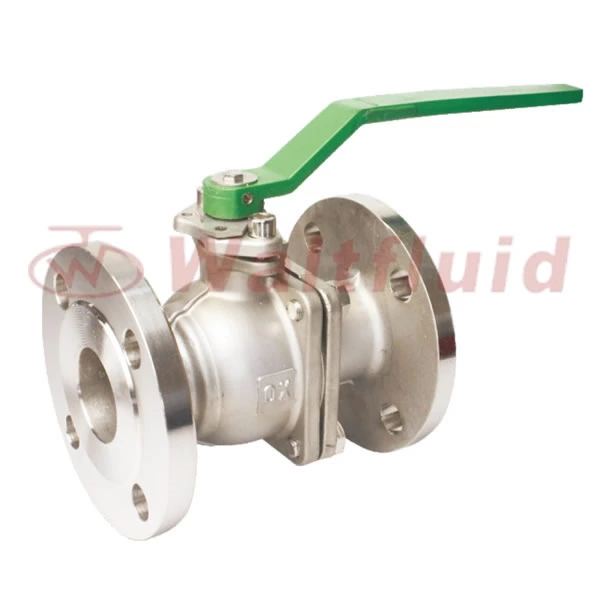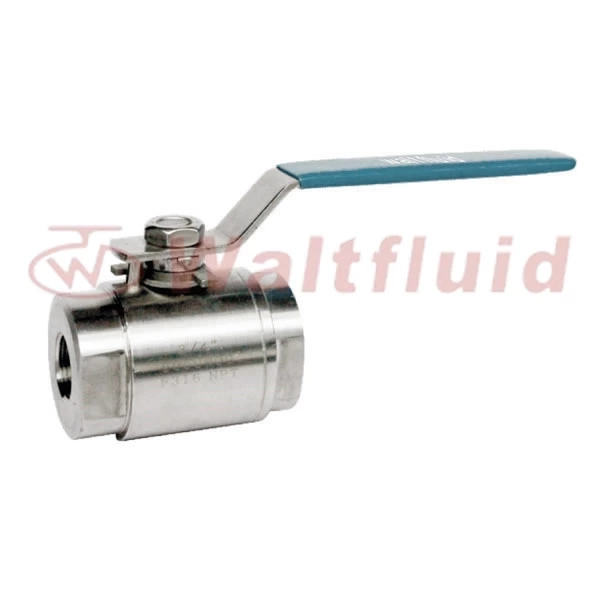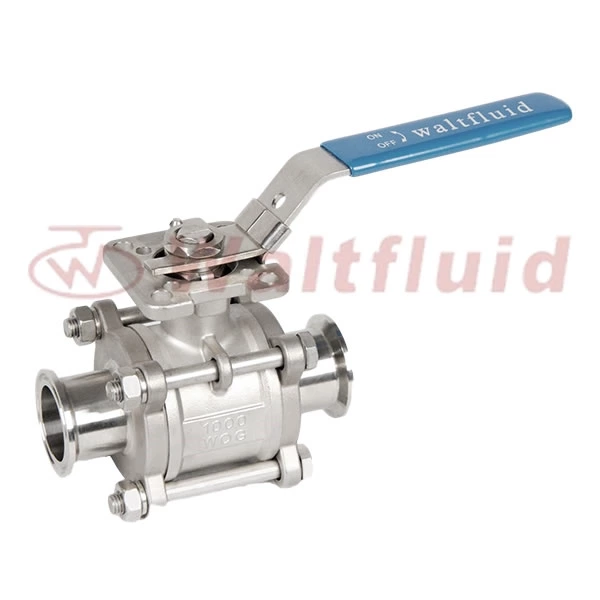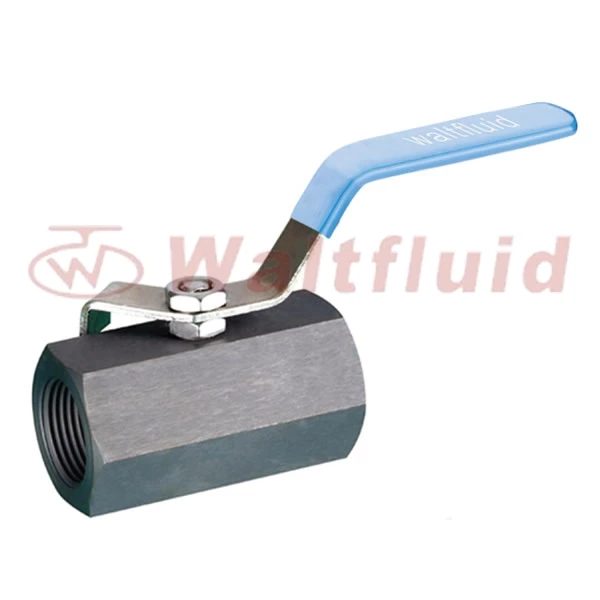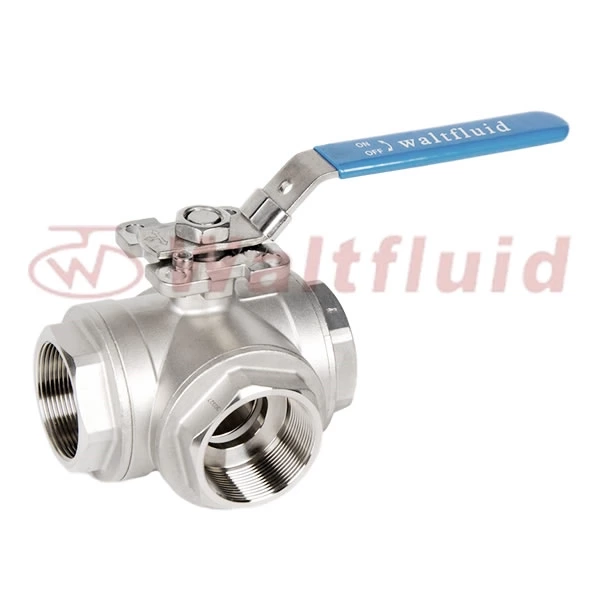American Standard Gate Valves Usually Follow These Standards
Piece Ball Valve usually follows American engineering standards, such as API standards, ANSI standards, etc., to ensure that the design, manufacture and testing of products meet the requirements of relevant standards. Ruitong American Standard Gate Valve Factory summarizes the standards that American Standard Gate Valve usually follows.
American Standard Gate Valve usually follows the following standards:
1. API Standard: The standards set by the American Petroleum Institute (API) are of great significance to valves in the oil and natural gas industries. API standards are often used to design and manufacture various gate valves, including API 600 (gate valve design and manufacture), API 602 (small steel gate valve design and manufacture), etc.
2. ANSI Standard: The standards set by the American National Standards Institute (ANSI) are widely used in various industrial valves, including gate valves. ANSI B16.34 (valve design and manufacture) is one of the common standards.
3. ASME Standard: The standards set by the American Society of Mechanical Engineers (ASME) are widely used in various engineering fields, including valves. ASME B16.34 (Design, Manufacture, Calibration and Testing of Pressure Valves) is a common standard covering gate valves.
4. MSS Standards: The Manufacturers Standardization Society (MSS) has issued a series of standards and specifications related to gate valves. These include MSS SP-70 (cast iron gate valves), MSS SP-61 (stainless steel gate valves), etc.
5. NACE Standards: NACE International has developed a series of standards on corrosion control, including some standards for gate valves in corrosive environments, such as NACE MR0175 (Sulfide Stress Corrosion Material Selection).
These standards play an important guiding role in the design, manufacture, testing and use of American standard gate valves, ensuring that the quality and performance of gate valves meet the relevant requirements. In specific applications, select the applicable standards according to the actual situation and follow their requirements.
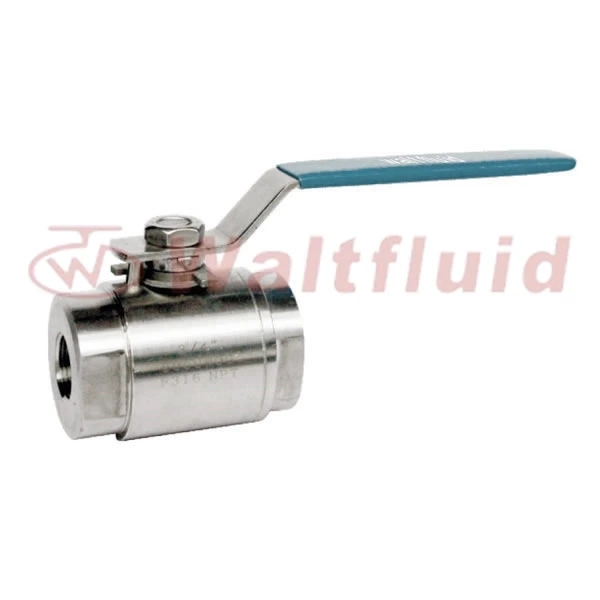
 English
English 中文
中文 Pусский
Pусский  Español
Español
